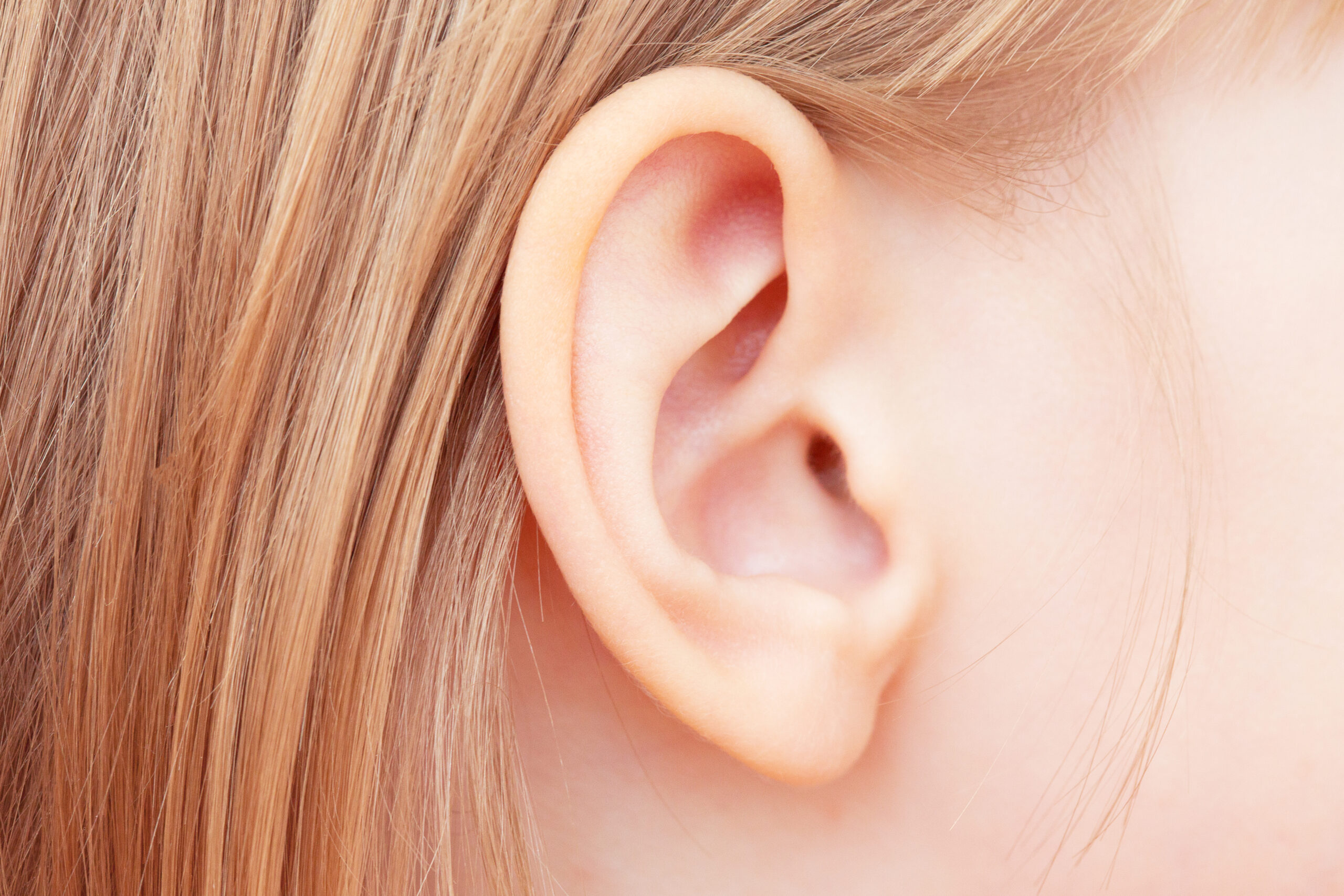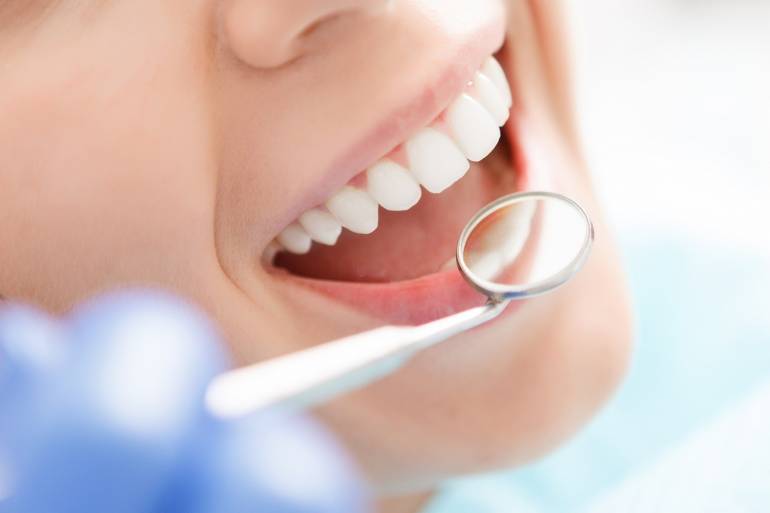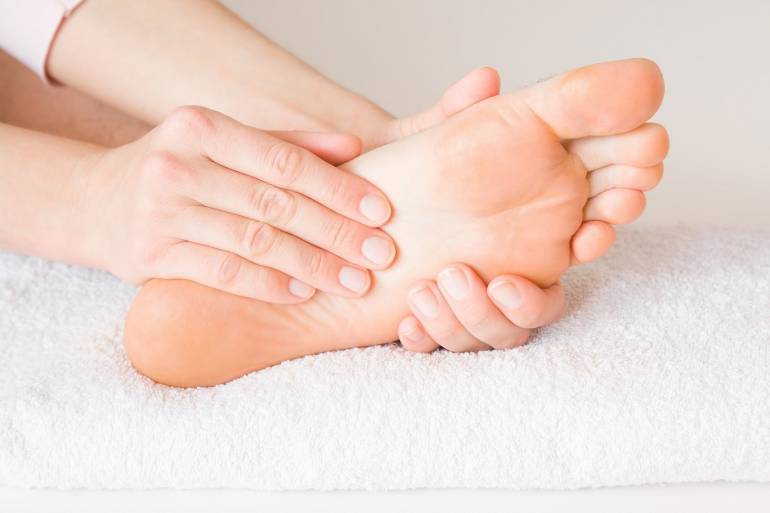Neither candling the ears nor cleaning them with a cotton bud is a recommended method of removing excess earwax. How then to properly clean ears in children and adults? What preparations support the treatment of ear inflammation?
Table of Contents:
- How to take care of ear hygiene?
- Excess ear wax – how to remove it safely?
- What to use for earache in children and adults?
How to take care of ear hygiene?
The ear consists of an outer, middle and inner part. In this article, we will mainly focus on the outer ear, which includes the auricle and the external auditory canal. It is there (in the external ear canal) that the hairs and glands that produce earwax, also known as ear wax, are located. Earwax has a protective function. It prevents damage to the skin from prolonged contact with water and protects against the development of infection. At the same time, earwax ensures adequate lubrication of the ear canal and promotes its natural cleansing. The wax, along with the epidermal cells, gets displaced outside the ear canal, towards the auricle. At a certain point, the canal becomes narrowed. Under the influence of various factors, wax can build up in this area.
In healthy people, in whom the process of wax production and transport is normal, there is no need for special ear cleaning. The wax that escapes from the outer ear can be removed with a cotton swab. However, it is not recommended to insert cotton buds into the ear canal. There is then a risk of placing the stick too deep and damaging the eardrum, which separates the outer ear from the middle ear. Candling a child’s or adult’s ears is also not recommended. This procedure can also lead to damage to the eardrum or ear canal, plus the risk of burning.
Excess ear wax – how to remove it safely?
What then should a proper ear cleaning look like? Earwax removal may be needed in people who have a buildup of earwax in the ear canal. This condition can cause pain, impaired hearing, a feeling of fullness in the ear and sometimes tinnitus. To safely and effectively remove wax buildup, it’s a good idea to reach for ear cleaners. Oil-based products dissolve earwax and make it easier to remove. An example of an ear hygiene preparation for children and adults is the medical product Ucholek Higiena spray. It is formulated with olive oil and sweet almond oil, which soften the wax lingering in the ear canal. This product is recommended to be used 3 times a day (1 spray each) until the wax is removed. Cleansing the ear canal on its own using the preparations designed for this purpose is non-invasive, and does not require a lot of time. Actually, apart from the patient’s hypersensitivity to the components of the preparation, the only contraindication to using this preparation is perforation of the eardrum. If ear leakage occurs, do not use any ear preparation.
What to use for earache in children and adults?
Ear pain is a common ailment that affects both children and adults. The most common causes include otitis media, otitis externa or at least a foreign body stuck in the narrow ear canal. Depending on the cause of the earache, there are different ways to treat it. If the discomfort is caused by the presence of a foreign body, it is necessary to remove it. With inflammation, on the other hand, oral medication with ibuprofen, paracetamol (paracetamol has an analgesic effect, but no anti-inflammatory properties), and in the case of adults, other analgesic and anti-inflammatory substances are usually used. Supportively, a preparation with plant extracts can also be used.
Clove oil exhibits antibacterial, antiviral and antifungal properties. The active ingredients it contains also have analgesic properties. Geranium oil also has an antimicrobial effect. Both clove oil and geranium oil (as well as other active ingredients) are found in Ucholek drops and spray. These are medical products, recommended for the supportive treatment of inflammatory conditions of the ear of viral, bacterial or fungal origin. They can be used in children and adults. Prophylactically, they are also worth applying in situations that increase the risk of developing ear inflammation. People who frequently use the pool often struggle with the so-called swimmer’s ear. The prolonged presence of water in the ear canal promotes the development of infection. To prevent this, you can protect your ears by applying a suitable oil preparation even before you plan to swim.
Supportively, when treating ear inflammation , you can also use a preparation with oil extracts of calendula, St. John’s wort and garlic oil. These ingredients reduce swelling in the ear canal, relieve discomfort and gradually reduce pain. They can be found in Ucholek Forte drops and spray. The choice of a particular formulation is an individual matter. Some patients prefer ear drops, while for others a spray is more convenient to use. The effectiveness of both preparations is similar.
Healthy ears primarily enable the patient to hear sounds properly and maintain balance. If there is an overproduction of earwax, the hearing process may be impaired, and the patient may additionally experience pain and discomfort. The use of an oil-based ear sanitizer helps to safely get rid of accumulated earwax. Plant extracts, on the other hand, support the treatment of ear inflammation and relieve the patient’s annoying symptoms of inflammation. The aforementioned ear preparations are also worth remembering when we are at higher risk of developing ear infections. Before planning to dive or swim in the pool, it is worth protecting the ear canal to prevent prolonged contact with water.
Bibliography:
- Pokona-Kałwak D., Jazienicka-Kiełb A. Inflammatory conditions of the ears in children. Supportive treatment with antibiotic therapy. GP 2023, 1, 43-49
- Kędzia A., Ziółkowska-Klinkosz M., Lassmann Ł, Kochańska B. et al. Antifungal activity of clove oil. Proceedings of Phytotherapy 2014, 1, 15-18
- Kędzia A. Sensitivity of anaerobic bacteria to geranium oil (Oleum geranii). Advances in Phytotherapy 2007, 3, 128-132







